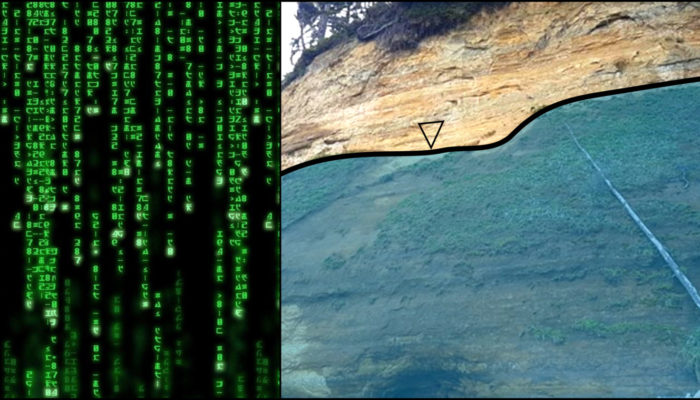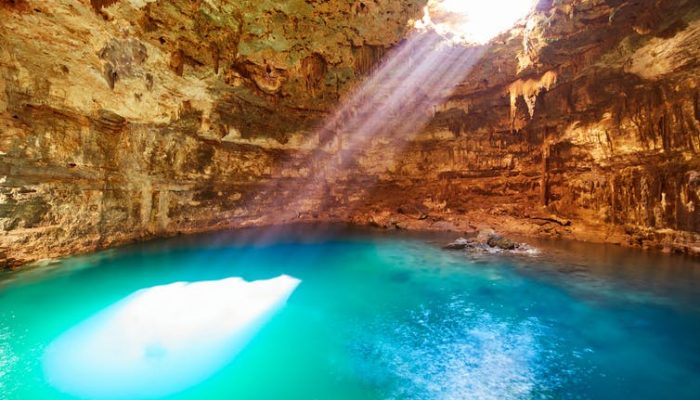Guest contribution by Dr. Rosario Sanchez Flores, TAMU Yes, water is a delicate resource. You can barely hold it in your hand, but you can certainly feel it within your fingers; your skin; your nervous system. It has the power to change the energy of our body. It is as natural as magic. We convince ourselves that we control it, but it surprises us every time we think we understood it. It is not a ...[Read More]
Urban Groundwater II: Heading for the coast
by Margaret Shanafield (Flinders University), Ana Manero (Australian National University), Sally Thompson (University of Western Australia), and Greg Claydon Few urban home buyers are picking their dream home based on depth to groundwater. Yet that water level can play an important role in the quality of life in their new home. Typically, it is only after moving in that residents realise problems ...[Read More]
Groundwater: depleting reserves must be protected around the world
Original Article post here on theconversation.com, authored by Richard Taylor and Mohammad Shamsudduha (‘Shams’) Though water is central to our everyday lives and indeed life itself, we often mark World Water Day on March 22 not by reminding ourselves of all that water brings, but of the consequences of its absence or contamination. As the American polymath Benjamin Franklin no ...[Read More]
Groundwater and granny gears: Hydrogeological tourism on wheels!
By Sam Zipper Groundwater is often invisible because it’s hidden below the ground. However, for those who know what to look for, you can see evidence for groundwater everywhere you look! A couple of years ago, I wrote about the great American groundwater road trip across the Ogallala Aquifer where we could see groundwater in the form of irrigation, streamflow, and town names. In honor of the Unite ...[Read More]
A do-it-yourself Jupyter notebook to constrain sediment permeability
Post by Elco Luijendijk, Junior lecturer in the Department of Structural Geology and Geodynamics at Georg-August-Universität Göttingen and WaterUnderground founder Tom Gleeson (@water_undergrnd), Associate Professor in the Department of Civil Engineering at the University of Victoria. Most of the groundwater on our planet is located in sedimentary rocks. This is why it is important to know how eas ...[Read More]
Doing Hydrogeology in R
Post by Sam Zipper (@ZipperSam), current Postdoctoral Fellow at the University of Victoria and soon-to-be research scientist with the Kansas Geological Survey at the University of Kansas. Using programming languages to interact with, analyze, and visualize data is an increasingly important skill for hydrogeologists to have. Coding-based science makes it easier to process and visualize large amount ...[Read More]
Data sharing: an update on new and existing initiatives
Post by Anne Van Loon, Gemma Coxon, and Bentje Brauns. Last year, Anne Van Loon wrote about data sharing initiatives in hydrology (“Data drought or data flood?” 28 May 2018). This post gives an update on existing and new initiatives. CAMELS (Catchment Attributes and MEteorology for Large-sample Studies) The CAMELS datasets are expanding: from the United States and Chile to Great Britain and Austr ...[Read More]
Celestial groundwater – the subsurface plumbing for extraterrestrial life support
Post by Kevin Befus, Assistant Professor in Civil and Architectural Engineering at the University of Wyoming. Have you ever taken a walk on the beach during a lowering (ebbing) tide and see mini-rivers grow and create beautiful drainage patterns before your eyes? These short-lived groundwater seepage features (Fig. 1A) are tiny (and fast) analogs of how groundwater has shaped some parts of Mars! ...[Read More]
Of Karst! – short episodes about karst
Post by Andreas Hartmann, Assistant Professor in Hydrological Modeling and Water Resources at the University of Freiburg. Episode 4 – Karst Groundwater: quick and slow at the same time? We often associate groundwater with large water storage and very slow water movement for instance compared to rivers. But is it possible that groundwater flow can be as quick as stream flow and, at the same aquife ...[Read More]
Water: underground source for billions could take more than a century to respond fully to climate change
WaterUnderground post by Mark O. Cuthbert, Cardiff University; Kevin M. Befus, University of Wyoming, and Tom Gleeson, University of Victoria Groundwater is the biggest store of accessible freshwater in the world, providing billions of people with water for drinking and crop irrigation. That’s all despite the fact that most will never see groundwater at its source – it’s stored naturally below gro ...[Read More]









